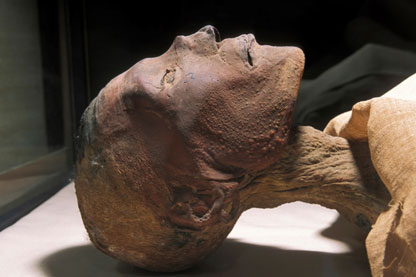The planet is beginning to recover after a traumatic year of COVID-19. And it’s all because of vaccines. موقع ويليام هيل
In less than one year, scientists and pharmaceutical companies were able to develop and disseminate emergency vaccines with greater than 90% efficacy against the SARS-COV2 virus. This, coupled with the prompt action of public health officials in creating guidelines such as social distancing and contact tracing led to offices and schools reopening around the world.
Although the pandemic is far from over, it’s a start.
But how was this possible? How did scientists and public health workers act so swiftly?
They learned from the eradication programs for a disease known as smallpox.
What is smallpox?
Smallpox is a viral disease caused by the Variola virus. شرح بوكر Its symptoms include fever, followed by rashes on the face and limbs which turned into fluid-filled vesicles. When these vesicles burst, they formed scabs that dried up and fell off, leaving scars.
Rashes from the disease have been found on ancient Egyptian mummies, indicating that the disease has existed in humans for at least 3 millennia.
However, in 1979, the World Health Organization officially declared that the disease had been eradicated.
Edward Jenner
In 1769, an English Doctor called Edward Jenner realized that milkmaids exposed to cowpox did not catch smallpox. He realized that the two viruses could be related and inoculated some cowpox material into a 9-year old boys’ arm. He exposed the boy to smallpox multiple times over the next few months, however, the boy did not get sick. Jenner published these findings in 1801, starting the age of vaccination.
The Eradication
In 1967, the WHO started their Intensified Eradication Program against smallpox, disseminating freeze-dried vaccines around the world. The freeze-drying process ensured easy storage and subsequent long-term viability so that the vaccines could travel even to remote areas. The program also developed modern public health strategies such as case surveillance, mass campaigns, and ring vaccinations (vaccinating all those in proximity to a confirmed case).
The last known naturally occurring cases for smallpox occurred in 1975 and 1977, and both patients survived.
In 1978, a medical photographer caught the virus due to exposure from a lab that was conducting smallpox research. Unfortunately, she did not survive and is the last known person to die of the disease. العاب على الهاتف المحمول
But is the world finally free of smallpox?
Two laboratories in the US and Russia still hold stocks of the virus for research, under WHO supervision to prevent accidents.
Although it has been a while since a documented case, some parts of the world still vaccinate for smallpox as part of their routine childhood immunization programs.
Hopefully, now, the disease will remain in the past.




